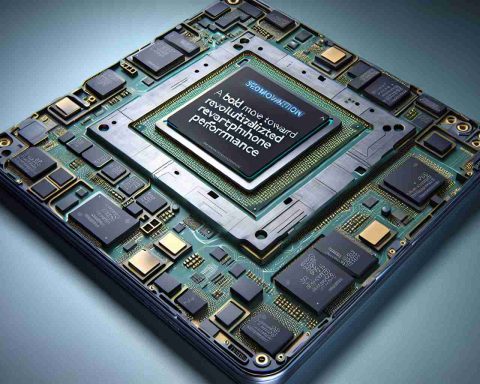In a significant move within the satellite-based mobile communication sector, AST SpaceMobile has successfully deployed its innovative BlueBird satellites using SpaceX’s Falcon 9 rocket. This endeavor is viewed as a strategic challenge to the existing Starlink network from SpaceX, aiming to provide satellite internet access directly through standard smartphones without any additional equipment.
The launch included five commercial satellites, which have successfully established communication links. The BlueBird satellites are designed to deliver voice, data, and video services comparable to those provided by traditional cellular base stations. Initially, AST SpaceMobile intends to offer seamless cellular broadband services in select areas of the United States, particularly focusing on rural locations and national parks where coverage is typically limited.
The company’s efforts are further supported by investments from major network operators like AT&T and Verizon, who are also collaborating in beta testing. To provide uninterrupted services across the U.S., AST SpaceMobile projects the need for 45 to 60 additional satellites.
Previously, AST SpaceMobile’s partnership with AT&T facilitated the introduction of satellite communication services, and successful tests for voice calls and data speeds have already been conducted. The company awaits essential approvals from the Federal Communications Commission (FCC) to commence commercial operations but is making strides toward an extensive future capable of facilitating significant data rates through its satellite technology.
Revolutionizing Connectivity: AST SpaceMobile Launches BlueBird Satellites
AST SpaceMobile has marked a pivotal moment in satellite communications with the launch of its BlueBird satellites, setting new standards in global connectivity. This initiative not only promises to challenge existing players like SpaceX’s Starlink but also aims to bridge the digital divide by providing cellular coverage to remote and underserved areas.
In this article, we will explore key questions surrounding the launch, associated challenges, and the implications of this technology.
What makes BlueBird satellites unique?
The BlueBird satellites are equipped with advanced technology allowing them to directly connect to existing mobile devices without the need for additional hardware such as satellite phones or specialized antennas. This capability positions them as particularly attractive for users in rural areas where traditional cellular service is sparse.
What are the key challenges or controversies?
One of the primary challenges is regulatory approval. While AST SpaceMobile is awaiting the necessary permissions from the Federal Communications Commission (FCC) to operate its services commercially, regulatory hurdles remain a significant barrier in the speed of deployment. Furthermore, there are concerns about space debris and the environmental impact of launching numerous satellites into orbit.
What are the advantages of the BlueBird satellites?
– Accessibility: By offering direct connectivity to smartphones, BlueBird satellites can significantly enhance mobile accessibility, especially in areas lacking infrastructure.
– Cost-Effectiveness: By eliminating the need for additional equipment, users can benefit from traditional mobile services at potentially lower costs.
– High-Speed Connectivity: The satellites offer the promise of high data rates, comparable to terrestrial networks, thus making them attractive for both voice and data applications.
What are the disadvantages?
– Limited Coverage at Launch: Initially, services will be limited to select areas, meaning that widespread coverage will require the planned deployment of additional satellites.
– Technical Challenges: Maintaining a stable connection with moving satellites presents significant technical challenges, including the need for sophisticated tracking.
– Financial Viability: The capital costs associated with launching and maintaining a satellite network are substantial, raising questions about the long-term financial sustainability of the project.
Looking Ahead
As AST SpaceMobile continues its efforts to launch and operationalize its BlueBird satellites, the potential for revolutionizing connectivity and reducing the digital divide remains significant. Only time will tell how effectively these innovations can meet the needs of users, but early partnerships with major telecom companies signal a promising start.
For more information on satellite technology and telecommunications, visit AST SpaceMobile.




























